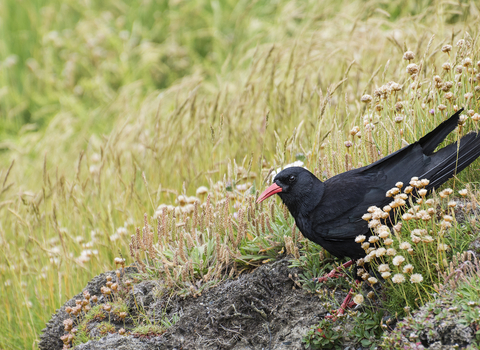The large dune system at Penhale is home to a wealth of native wildlife, from reptiles like common lizard and adder, to delicate orchids, the rare silver-studded blue butterfly – a favourite of nature-enthusiasts in Cornwall – and the silvery leafcutter bee, which only lives in sandy habitats. These species, like many other dune-specialists, do well in our coastal landscapes when there are plenty of areas of bare sand available for burrowing into or hunting on top of, and low grassland in which to hide or to produce flowers.
The problem that Penhale Dunes Special Area of Conservation (SAC) currently faces, much like many of the coastal dune systems in Europe, is that areas of bare sand or low grassland are becoming smaller and further apart. Fast-growing scrubby vegetation – encouraged by the loss of natural grazing, by climate change and by nitrogen increases caused by air pollution – is overtaking the landscape. As the bare sand and low grass habitat areas shrink, dune plants and animals are the first to suffer; coastal sand dunes are experiencing significant biodiversity loss.





